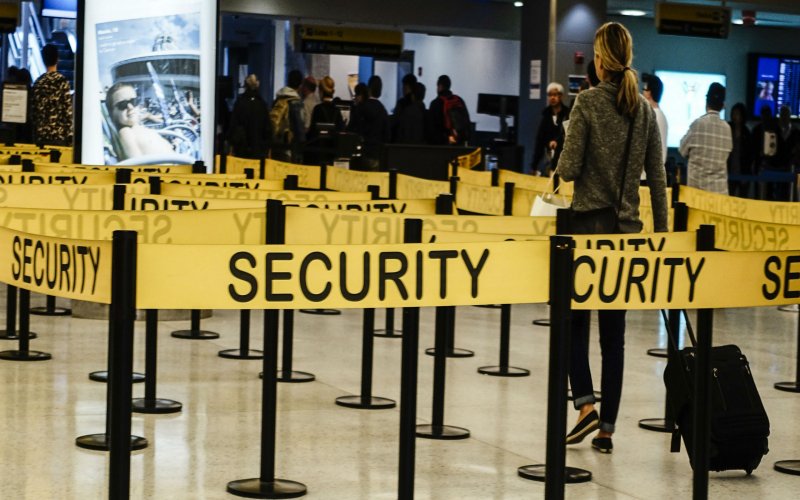
Federal air marshals have for years been quietly monitoring small numbers of U.S. air passengers and reporting on in-flight behavior considered suspicious, even if those individuals have no known terrorism links, the Transportation Security Administration said on Sunday.
Under a sensitive, previously undisclosed program called “Quiet Skies,” the TSA has since 2010 tasked marshals to identify passengers who raise flags because of travel histories or other factors and conduct secret observations of their actions – including behavior as common as sweating heavily or using the restroom repeatedly – as they fly between U.S. destinations.
The Boston Globe first revealed the existence of the Quiet Skies program on Sunday. In response to questions, TSA spokesman James Gregory offered more details of the program’s origins and goals, comparing it to other law enforcement activities that ask officers to closely monitor individuals or areas vulnerable to crime.
“We are no different than the cop on the corner who is placed there because there is an increased possibility that something might happen,” Gregory said. “When you’re in a tube at 30,000 feet . . . it makes sense to put someone there.”
The TSA declined to provide complete information on how individuals are selected for Quiet Skies and how the program works.
According to the TSA, the program used travel records and other factors to identify passengers who will be subject to additional checks at airports and, sometimes, be observed in flight by air marshals who report on their activities to the agency.
During in-flight observation of people who are tagged as Quiet Skies passengers, marshals use an agency checklist to record passenger behavior: Did he or she sleep during the flight? Did he or she use a cellphone? Look around erratically?
“The program analyzes information on a passenger’s travel patterns while taking the whole picture into account,” Gregory said, adding “an additional line of defense to aviation security.”
“If that person does all that stuff, and the airplane lands safely and they move on, the behavior will be noted, but they will not be approached or apprehended,” Gregory said.
He declined to say whether the program has resulted in arrests or disruption of any criminal plots.
Hugh Handeyside, senior staff attorney with the American Civil Liberties Union’s National Security Project, called on the TSA to provide more information about the program to passengers.
“Such surveillance not only makes no sense, it is a big waste of taxpayer money and raises a number of constitutional questions,” he said. “These concerns and the need for transparency are all the more acute because of TSA’s track record of using unreliable and unscientific techniques to screen and monitor travelers who have done nothing wrong.”
The TSA, which was created soon after the Sept. 11, 2001 terrorist attacks, screens on average more than 2 million passengers a day.
While the agency is tasked with a weighty public safety mission, it has at times been publicly rebuked for being intrusive and abusive at airport checkpoints. It has been accused of doing little to enhance security while subjecting passengers to searches or questioning.
In 2015, the Department of Homeland Security’s inspector general found that undercover agents were able to slip fake bombs past TSA screeners about 95 percent of the time. A year later, the flying public was in an uproar over long lines to move through security screening.
But TSA officials have said that ensuring public safety while keeping passengers moving has made their work difficult.
“We have a no-fail mission,” former TSA administrator Peter Neffinger told Congress in 2015.
Earlier this year, media reports revealed that the agency had compiled a secret list of unruly passengers.
Passengers may be selected for Quiet Skies screening because of their affiliation with someone on the government’s no-fly list or other databases aimed at preventing terrorist attacks.
The no-fly list, for example, grew from about 16 people in September 2001 to 64,000 people in 2014.
(c) 2018, The Washington Post · Missy Ryan, Ashley Halsey III
{Matzav.com}












Calling all liberals, ACLU, NAACP where are you?